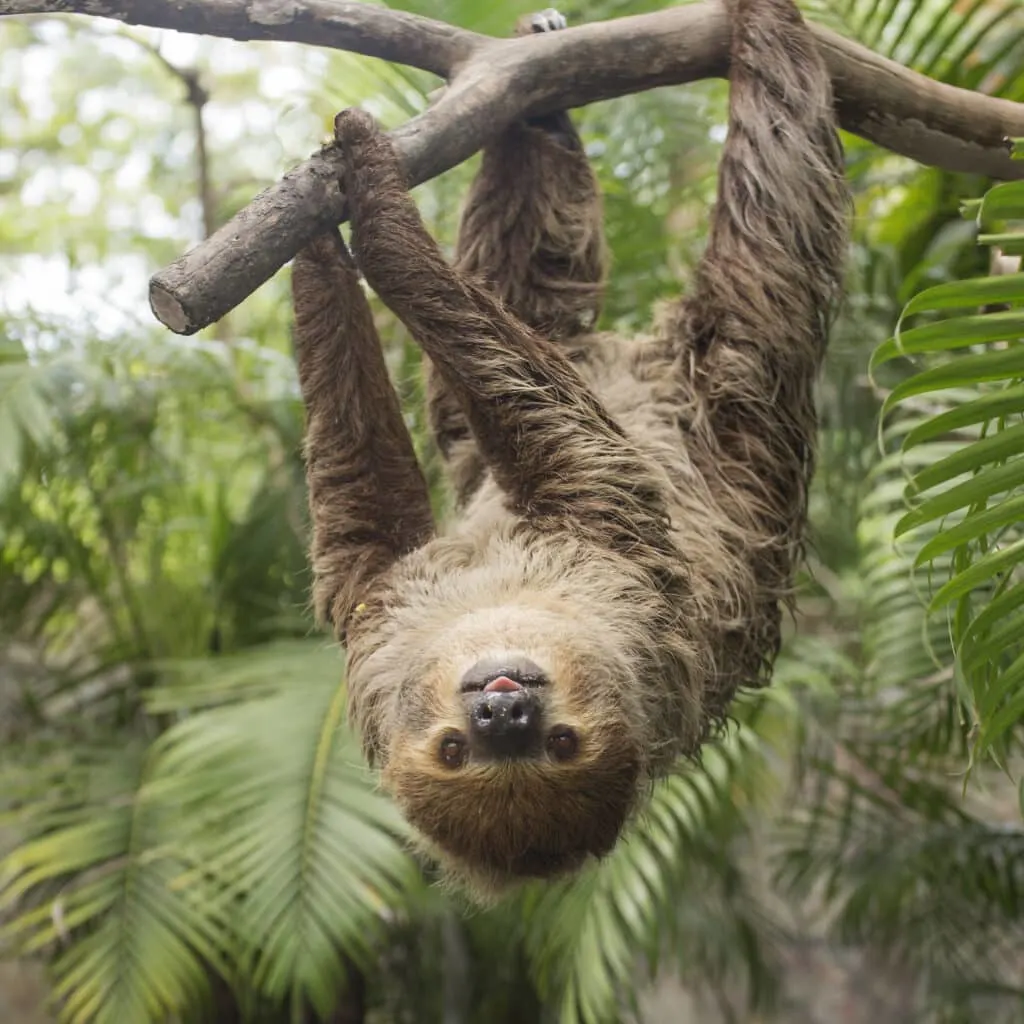The sloth, known for its unhurried lifestyle, is one of the most fascinating creatures roaming the planet’s tropical rainforests. Renowned as the world’s slowest mammal, its leisurely pace has piqued the curiosity of scientists and nature enthusiasts alike. With their unique physiology and behavior, sloths offer remarkable insights into the diversity of adaptative strategies in the animal kingdom.
Meet the Sloths: Two Giant Families
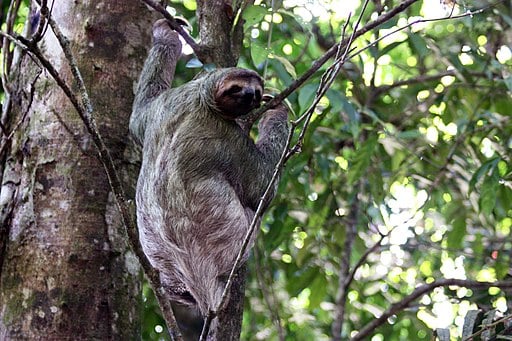
Sloths are divided into two main types: the two-toed sloths (family Megalonychidae) and the three-toed sloths (family Bradypodidae). Despite their monikers, these names can be misleading as both families actually possess three toes on their hind limbs; the difference lies in their front limbs. Both species are native to the rainforests of Central and South America. They spend the vast majority of their lives hanging upside down in the treetops, a testament to their arboreal nature.
Nature’s Layabouts: The Sloth’s Unhurried Lifestyle

The world of sloths unfolds at a pace akin to nature’s slow motion. At their top speed, sloths move at just about 0.24 kilometers per hour, making them emblematic of leisure. This slow movement is not just a quirky trait but an evolved characteristic essential for their survival. By moving so slowly, sloths conserve energy and evade detection from predators. Their slow metabolism is a direct outcome of their low-energy diet, primarily consisting of leaves, buds, and twigs.
The Secret Life of a Sloth

Sloths have evolved extraordinary physical adaptations to support their arboreal lifestyle. Their long, curved claws, measuring up to four inches, are perfect for gripping branches. Sloths have a powerful grip, allowing them to effortlessly hang from trees, even when asleep. Interestingly, their fur hosts entire ecosystems, providing a home to algae, fungi, and a multitude of insects. This symbiotic relationship camouflages them from predators, enhancing their survival in the wild.
Anatomical Wonders: How Sloths Cheat Gravity
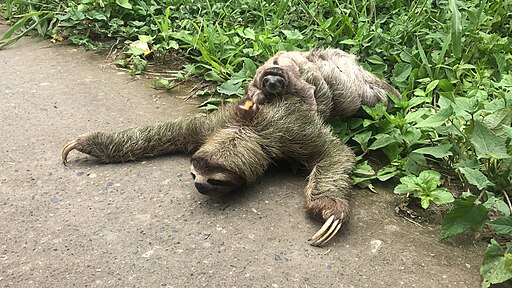
One of the sloth’s most remarkable adaptations is its unique musculoskeletal structure, which allows them to suspend and rotate their bodies with minimal energy expenditure. Sloths possess fewer muscles than most mammals, and their specialized muscle and tendon arrangements support their weight effortlessly when hanging upside down. This adaptation reduces the energy cost of movement, crucial for survival on a low-energy diet.
The Digestive Marathon: A Sloth’s Diet

Sloths are herbivores that subsist mainly on leaves, a nutrient-poor and fibrous diet that requires an elaborate digestive process. Sloths boast large, multi-chambered stomachs with symbiotic bacteria that help ferment and break down the cellulose in their food. This digestion process is exceedingly slow, taking about a month to complete. This aspect of their biology plays a significant role in their sluggish lifestyle, as they rely on fermentation to extract necessary nutrients.
Interactions with Predators and Humans
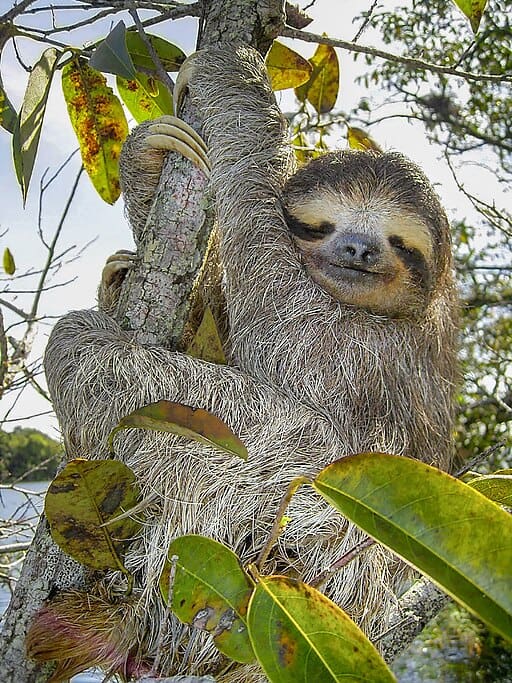
Despite their camouflage and slow-motion lifestyle, sloths still face threats from predators such as jaguars, harpy eagles, and snakes. However, human activities pose even more significant threats. Deforestation, habitat fragmentation, and road development interfere with the sloth’s environment, putting pressure on their populations. Conservation efforts are crucial to ensure these intriguing creatures continue to thrive. Numerous organizations are dedicated to preserving sloth habitats and promoting awareness of their conservation needs.
Conclusion: Celebrating the Sloth’s Place in Nature
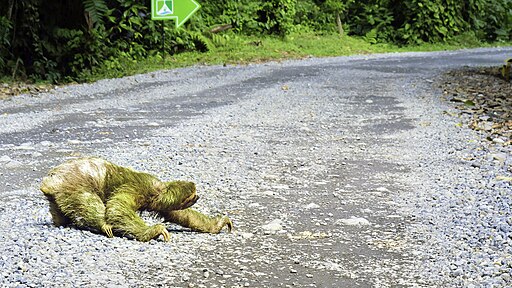
Sloths may be slow, but they embody an extraordinary tapestry of evolutionary traits that distinguish them as unique inhabitants of our world. Their lifestyle offers valuable lessons in conservation, adaptability, and coexistence with their environment. As we delve deeper into their tranquil world, we gain insights into the remarkable complexity of nature and the critical importance of preserving the biodiversity that sloths represent.
- 10 Most Endangered Birds in the U.S. and Where to Find Them - August 9, 2025
- 15 Tips for Managing Spider Infestations During Storm Season - August 8, 2025
- How Superstorms Have Reshaped Coastlines Over Time - August 8, 2025

